Your dog doesn’t know the difference between a sunny backyard and a sizzling trap. While you’re soaking up the season, your pup could be one pawstep away from danger. Hot pavement, sneaky toxins, hidden heatstroke triggers— summer is packed with threats that don’t look dangerous… until they are. Some of these risks are easy to miss. That splash of antifreeze in a neighbor’s driveway? Deadly. The “fun” game of fetch at noon? Too hot to handle. Even the wrong kind of mulch could spell trouble. If you think summer is all belly rubs and sprinkler runs, think again. Knowing what to watch for could mean the difference between a great day and an emergency vet visit. Let’s uncover 13 surprising summer hazards— and simple ways to make sure your best friend stays safe, cool, and wagging.
Paw Pad Burns
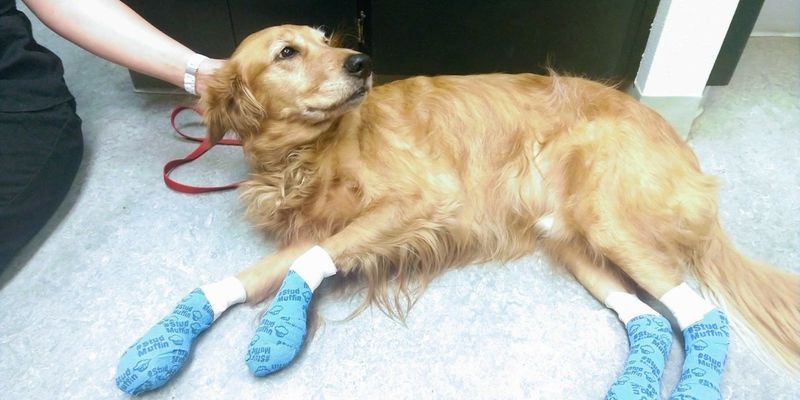
When the summer sun heats up the pavement, your dog’s paws can suffer severe burns after a mere minute of exposure. Imagine walking barefoot on a sizzling griddle—it’s equally painful for your pet. To protect them, avoid walks during peak sun hours.
Opt for grassy pathways, or invest in protective booties. A simple test: if the ground is too hot for your hand, it’s too hot for your dog’s paws. Fun fact: some breeds, like huskies, have naturally thicker pads, but they’re not invincible. Keep your dog safe with these precautions.
Heatstroke Hazards

Dogs can’t sweat like humans and are prone to heatstroke, especially during outdoor activities. Picture your dog, tongue lolling, unable to cool down—it’s a serious risk. Always provide plenty of water and shade, and never leave them in a parked car.
Consider early morning or late evening walks when temperatures are cooler. Breeds with short noses, like bulldogs, are particularly susceptible. Prevention is vital, as heatstroke can lead to serious health issues or even be fatal. Stay vigilant and keep your dog cool this summer.
Bug Bites and Stings
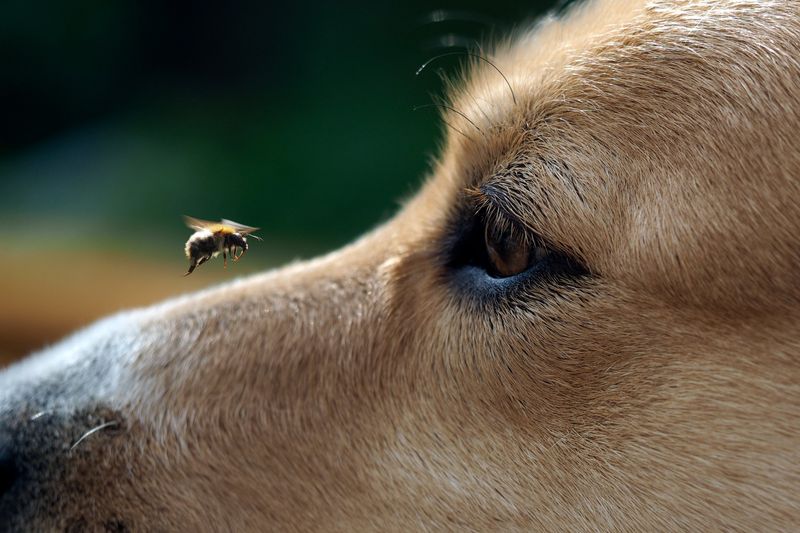
Summer brings a swarm of insects ready to bite and sting our furry friends. Dogs exploring gardens are easy targets for bees and mosquitoes. A playful bite can lead to swelling or even allergic reactions.
Using pet-safe insect repellents and keeping your garden tidy can reduce these risks. Some dogs, like those with light fur, are more prone to bites. Always monitor for any unusual swelling or behavior post-bite, and consult your vet if necessary. These pests are small but mighty; don’t underestimate their impact.
Dehydration Dangers

Dehydration is a silent threat during the hot months. Dogs lose water through panting and need constant hydration to stay healthy. Think of their water bowl as a lifeline in the scorching sun.
Ensure fresh water is always available, both at home and during outings. Portable water bottles and collapsible bowls are convenient solutions. Younger dogs and seniors are particularly vulnerable. Remember, dry gums or lethargy are symptoms of dehydration. Keep an eye on their water intake to prevent this invisible danger.
Fleas and Ticks

Summer is prime time for fleas and ticks to latch onto your dog. These pests can lead to discomfort and transmit diseases. Imagine a peaceful park outing ruined by incessant scratching.
Regular use of vet-approved flea and tick prevention is essential. After each outdoor adventure, check your dog’s fur for unwanted hitchhikers. Long-haired breeds might require more thorough checks. These tiny invaders can cause big problems, so maintaining a prevention routine is crucial. Don’t let fleas and ticks spoil your dog’s summer fun.
Pool and Water Safety
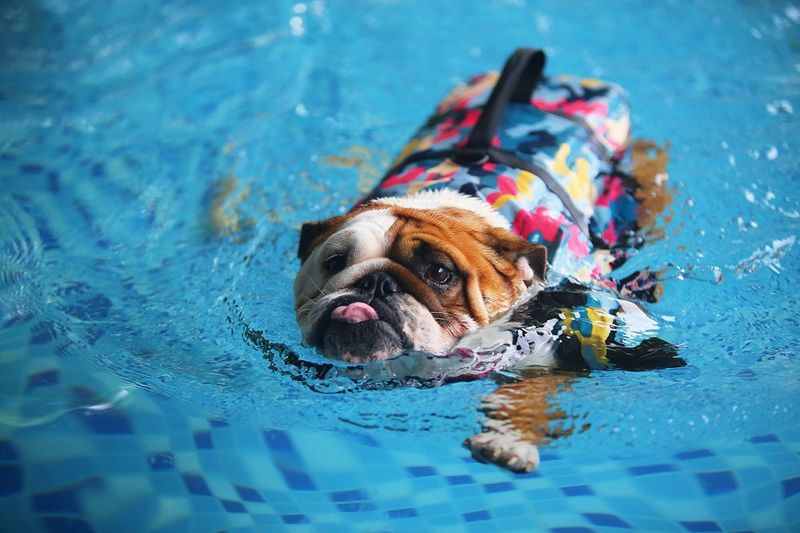
While some dogs are natural swimmers, others might struggle in water. Picture your dog paddling happily but suddenly panicking in a backyard pool.
Introduce your pet to water gradually, and invest in a doggy life vest for added safety. Not all breeds are comfortable swimmers, and even experienced ones can tire easily. Always supervise pool time to prevent accidents. A fun pool day can quickly become dangerous, so take precautions to ensure your dog’s safety and enjoyment.
Poisonous Plants

Summer gardens bloom with beauty, but some plants pose a toxic threat to dogs. Curious sniffing in the garden can lead to accidental poisoning if harmful plants are ingested.
Research and remove any potentially hazardous plants from your garden. Common ones include lilies and azaleas. Dogs, especially puppies, are naturally inquisitive and at risk. Educate yourself on plant toxicity to protect your pet. Remember, the colors of summer can be deceiving, so be cautious with your garden’s flora.
Hot Car Risks
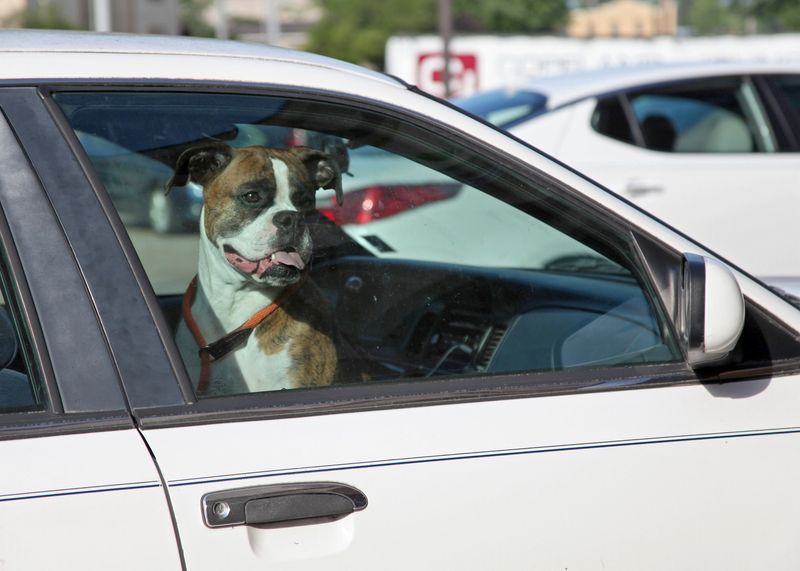
Leaving a dog in a parked car, even briefly, can be fatal due to rapidly rising temperatures. Picture your pet trapped, panting, in a mobile oven.
Never leave your dog unattended in a vehicle, regardless of how quick the errand is. Extreme temperatures can lead to heatstroke or worse within minutes. Some states have laws against this, highlighting its severity. Always prioritize your dog’s safety over convenience, and keep them cool and safe outside the car.
Fireworks Fear
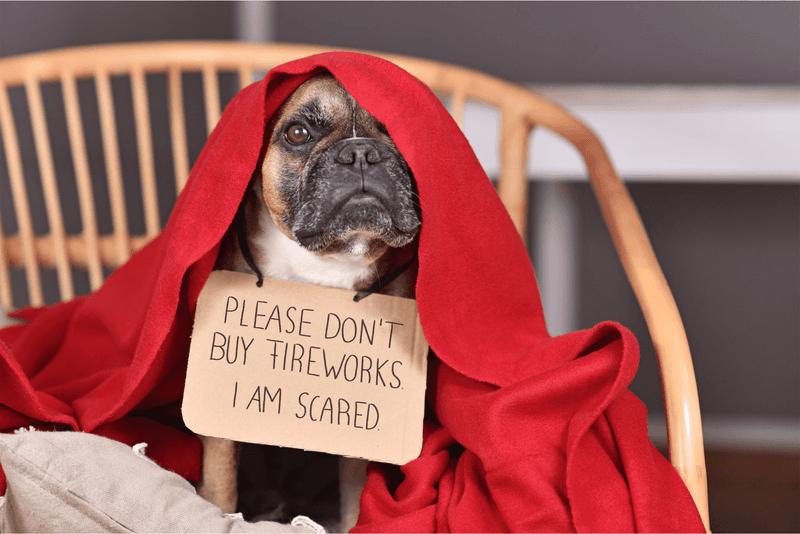
Summer celebrations often come with fireworks, which can terrify dogs. Imagine the thunderous noise causing your pet to quiver in fear.
Create a safe haven indoors, away from the noise, with familiar comfort items. Some dogs respond well to calming wraps or pheromone sprays. Understanding your dog’s anxiety triggers helps in managing their stress. This sensory overload is significant during festive times; help your dog feel secure amidst the celebration chaos.
Parasitic Worms
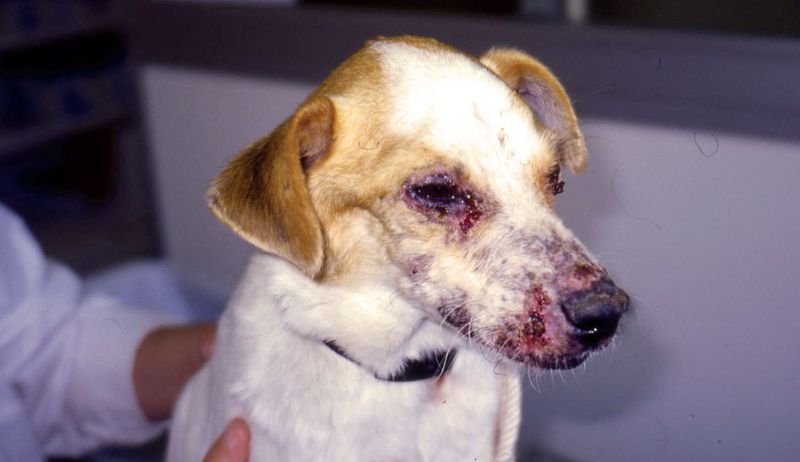
The warm weather supports the growth of parasitic worms, posing a health risk to your dog. Visualize your pet playfully digging in the yard, oblivious to the lurking danger.
Regular deworming treatments should be part of your dog’s health routine. Symptoms like weight loss or a dull coat indicate a parasitic infection. Puppies are particularly susceptible and require close monitoring. Don’t let these unseen threats impact your dog’s well-being; preventive care is essential.
Sunburn in Dogs

Yes, dogs can get sunburned, especially those with short or light-colored fur. Picture your dog lounging in the sun, blissfully unaware of the skin damage occurring.
Apply pet-safe sunscreen to sensitive areas like the nose and ears. Limiting sun exposure during peak hours is another preventive measure. Breeds like Dalmatians and Boxers are more prone to sunburn. Protect your dog’s skin as diligently as you would your own to prevent painful burns and potential skin issues.
Barbecue Hazards
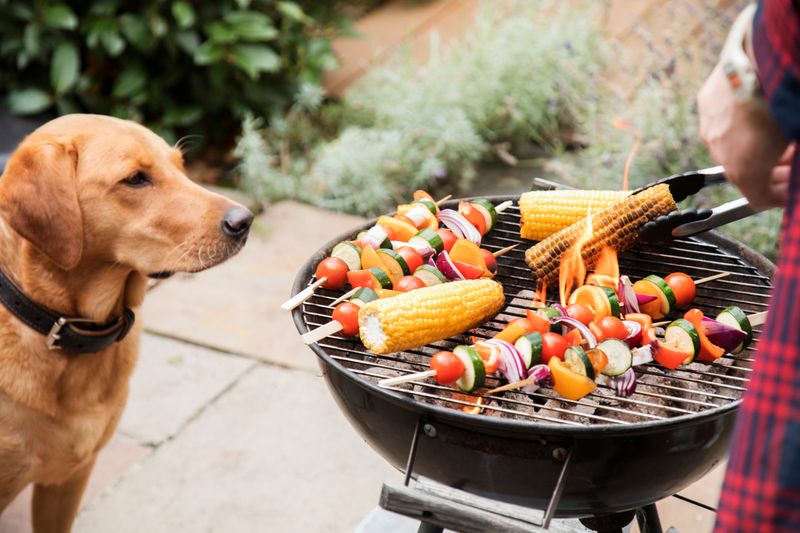
Summer barbecues are delightful, but they expose dogs to choking hazards and toxic foods. Imagine your dog sneaking under the grill, drawn by enticing aromas.
Keep tempting foods and skewers out of reach, and educate guests on not feeding your pet. Foods like onions and chocolate are dangerous for dogs. A fun gathering can quickly turn concerning if your dog ingests something harmful. Always be vigilant and create boundaries to keep your dog safe amidst the festivities.
Ear Infections
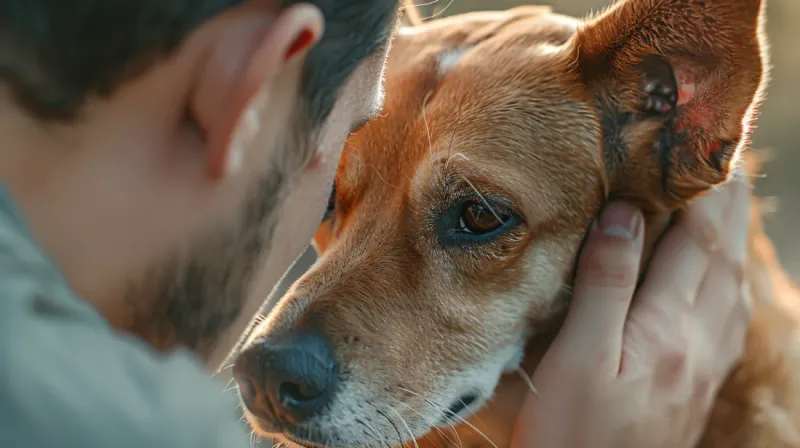
Warm weather and water activities increase the risk of ear infections in dogs. Picture your dog shaking its head repeatedly after a dip in the lake.
Keep your pet’s ears clean and dry after swimming to prevent infections. Breeds with floppy ears, like Cocker Spaniels, are more susceptible. Regular vet check-ups and ear cleaning routines are important. This common summer ailment can cause discomfort, so proactive care is key to maintaining your dog’s ear health.

